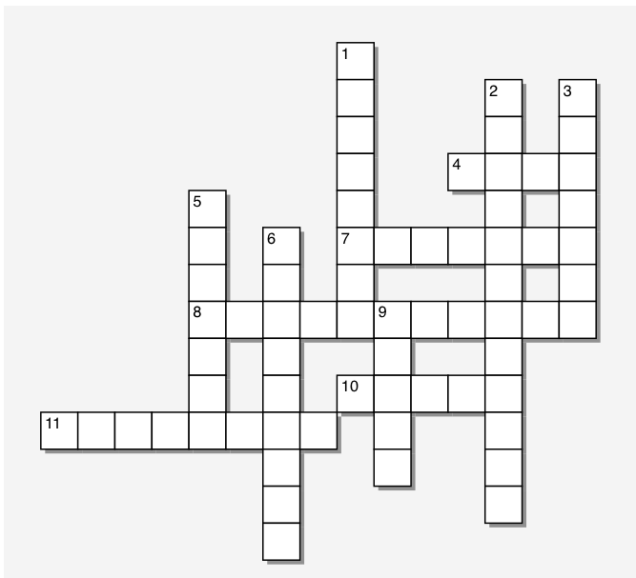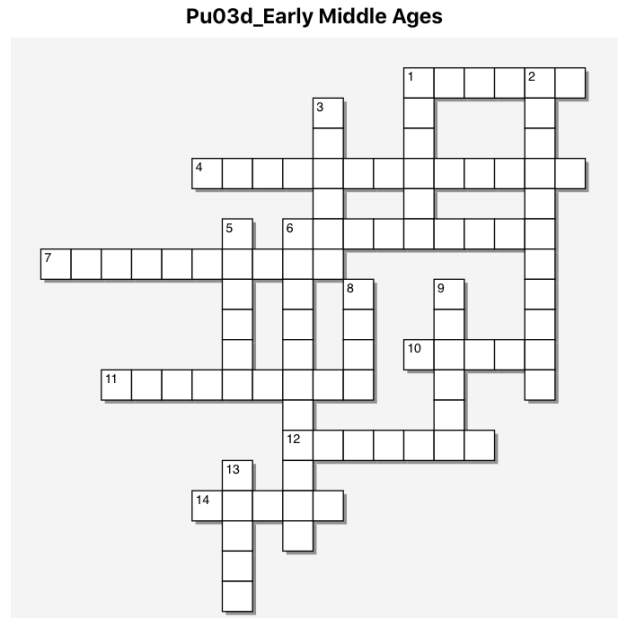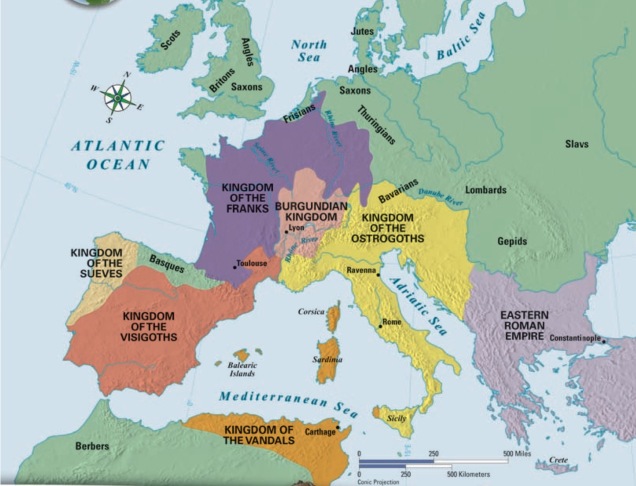Pu03d_Viking Invasions/ Migrations

Latitudinal
4. This ‘northmen’, true to his sailing heritage, sails west and establishes settlements as far as Greenland. His red hair earns him the moniker- “The Red.”
7. This ‘northman’ continued the westward voyages of his father. Eventually, his exploratory voyages reached the North American continent.
8. This was a main target of the ‘northmen’ since they often housed gold and silver objects and were poorly defended.
10. Unlike the Germanic peoples of Western Europe, the ‘northmen’ never had contact with the Romans and thus were still this.
11. This was a Northman sword that was a metallurgical (technological) marvel for that time period. It was a weapon made of high-quality steel, thus it remained sharp longer with reduced chipping/ breakage.
Longitudinal
1. The Northmen were this, culturally, since the sea was vital for survival and quality of life.
2. The ‘northmen’ found themselves converting to this faith as part of negotiated peace treaties (including Investiture Ceremonies) with European kingdoms.
3. This group, from the Nordic countries, begins a series of raids, starting in 793, against Christian Europe, and lasting for ~150 years. This, of course, is NOT what they called themselves.
5. When this changed in the late 8th C., it probably contributed to the ‘northmen’ migration/ invasion waves that was to follow.
6. These were the ‘pride’ of the ‘northmen’ raiders. With these, Europe’s interior became as vulnerable as the coasts.
9. The ‘northmen’ were predominantly occupied with this activity when not involved in raids or exploration.






